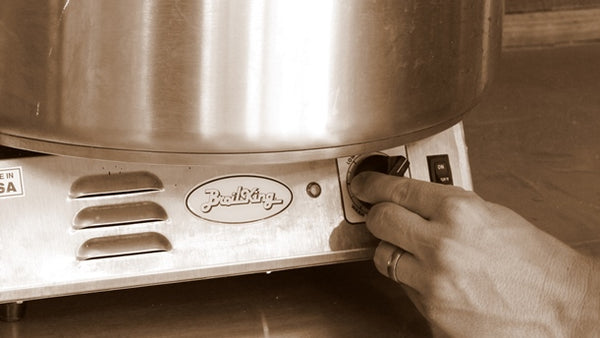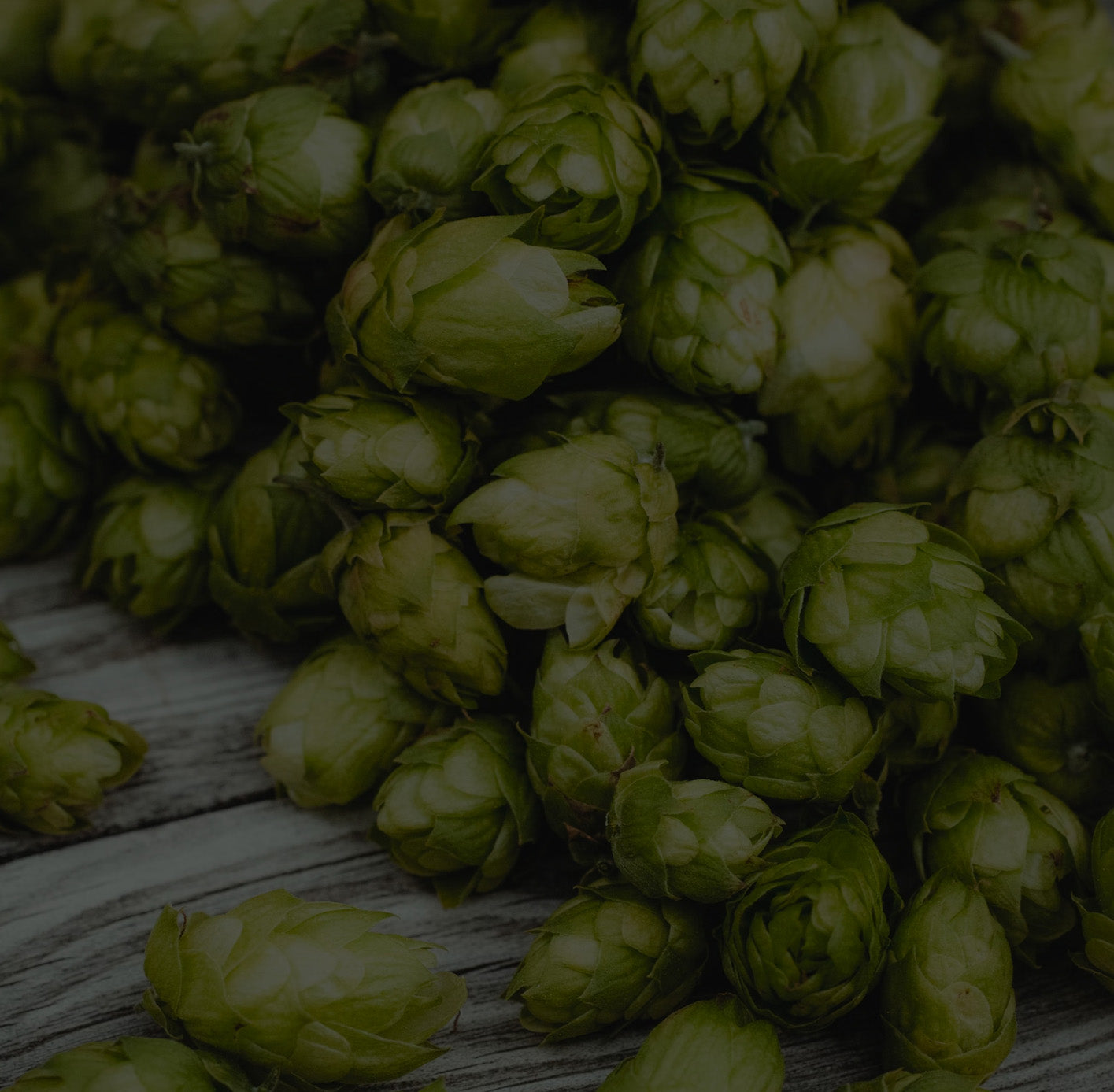
First things first, we're using the term "sugar shine" very loosely here. This is actually an excellent fuel alcohol recipe for beginners. This is also the process that a commercial distiller would likely use to make cheap, (probably bad tasting) spirits.
This is one of the first recipes we ever made. It was a great recipe to make when we first started out because it is almost fool proof. When we made this recipe, we had a fuel alcohol permit and we were in compliance with state and federal regulations. We produced, stored, and used this alcohol in accordance with TTB requirements. We also kept and reported production logs in accordance with TTB fuel alcohol permit requirements.
Making this mash literally only took us an hour or so from start to finish, it did not require any special equipment, and it was also almost impossible to screw up.
Believe it or not, this is probably exactly how commercial vodka is made as well! Though vodka is distilled several times to a very high proof to remove as much aroma and taste as possible from the original mash. They do that because distilling this recipe just once probably wouldn't produce something that tasted or smelled very good.
Before we get started, a reminder: Distilling alcohol is illegal without a federal fuel alcohol or distilled spirit plant permit as well as relevant state permits. Our distillation equipment is designed for legal uses only and the information in this article is for educational purposes only. Please read our complete legal summary for more information on the legalities of distillation.
Ingredients
8 Pounds Sugar
Yeast Nutrient
5.5 Gallons Water
1 Packets Wine Yeast
Equipment Needed
6 Gallon Brew Pot
6.5 Gallon Fermenter
Airlock
Mash Paddle or Spoon
Sanitizer
Mash Making Process
We added 5.5 gallons of water to a sanitized brew kettle. Because the mash won't be heated anywhere near pasteurization temperatures, all brewing equipment should be thoroughly cleaned with an oxygen based cleaner (such as PBW or Oxyclean) and then sanitized with an acid based sanitizer (such as star-san) to make sure only yeast and sugar water ends up in the fermenter.

We then added 8 pounds of sugar to the kettle. This resulted in a starting gravity of about 1.058, which produced a wash with a starting alcohol of 7.5%.

Once we added the sugar, we applied high heat to the pot and slowly heated the mash to to 70F. The initial tap water temp was somewhere in the neighborhood of 55 degrees, so this did not take too long.

While the kettle was heating, we stirred the mixture of sugar and water with a mash paddle until the sugar had completely dissolved.

After the sugar had completely dissolved and while the temperature of the mixture was still heating up (70F), we rehydrated the yeast by following the instructions on the back of the yeast package.

Once the temperature reached (70F), we turned off the heat. We made sure not over-shoot (70F) because we did not want to have to wait for the mash to cool back down. We aerate by dumping the sugar mash back and forth between two sanitized buckets and then dumped it into the sanitzed fermenter.

After we aerated the mash we dumped it into a fermentation bucket and added our yeast nutrient and yeast starter.

We put a sanitized lid and airlock on the fermentation bucket. We did our best to maintain a steady temperature of 70 degrees during the fermentation process. We've found over the year that a basement or a dark closet is a great place to ferment.

We fermented the sugar mash for a week. We took a gravity with a brewing hydrometer and determined that fermentation was finished. We then siphoned the sugar wash into our still. We made sure to leave the sediment and yeast behind in the fermenter. We were careful to not overfill the still and never filled the vapor cone with liquid.
We then distilled the sugar wash, checked the proof, and distilled it again until the desired proof had been reached. For fuel alcohol, it's best to use a bubble plate still with a reflux head.
We obtained a federal fuel alcohol permit and all relevant state permits when we performed this experiment. It is illegal to distill alcohol without federal and state distillers or fuel alcohol permits.
As we mentioned, this is more or less exactly how commercial vodka is made. The final product from this recipe wouldn't have much flavor, and the flavor it does have isn't likely to be good. That's why this recipe is most suitable for making a flavorless vodka, which would definitely get filtered. We used the final product as fuel for a lawnmower.
Again, remember, distilling alcohol without a permit is illegal. Don't do it!







Leave a comment